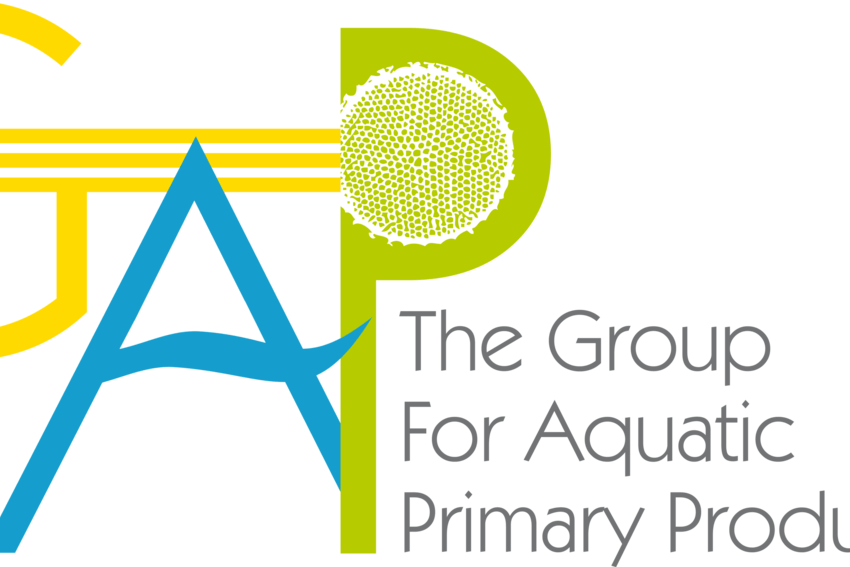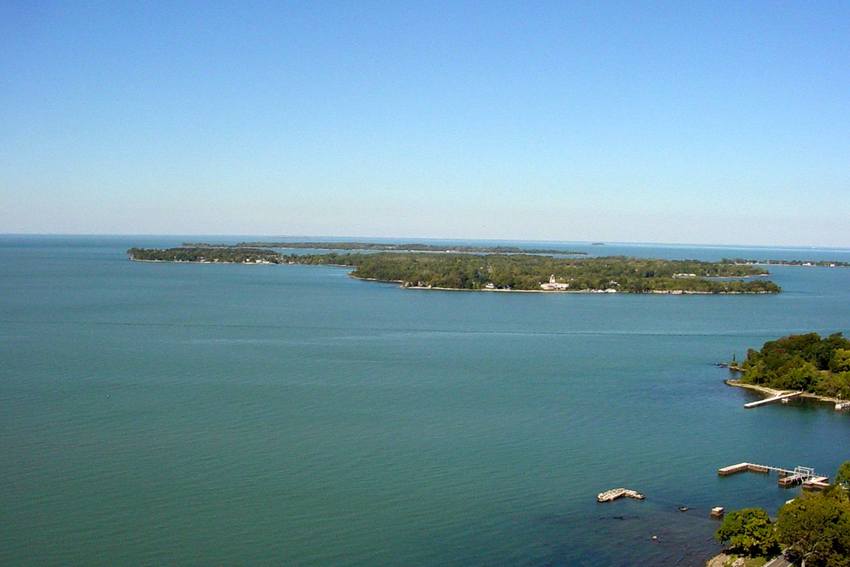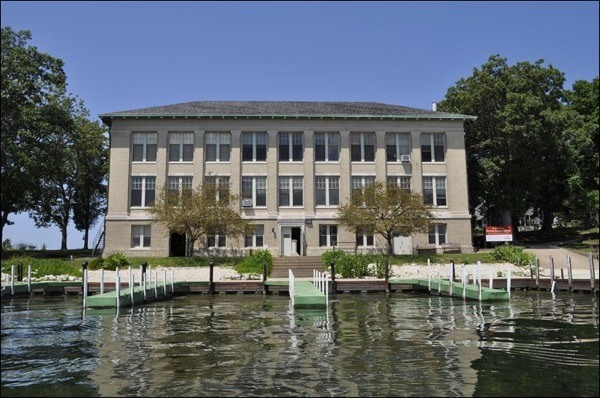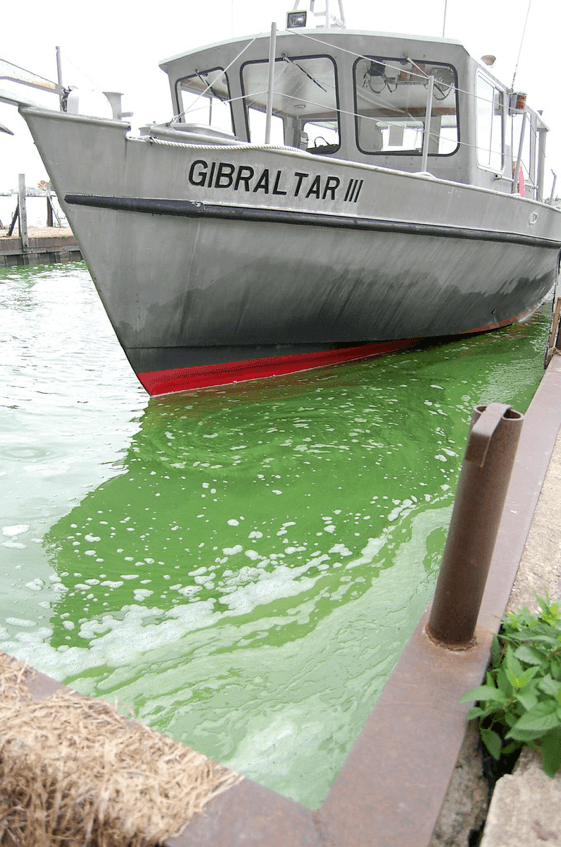
11th International GAP Meeting
‘ErieHAB 2022’
Coming Soon in August 2022
Hosted by Bowling Green State University
at The Ohio State University Franz Theodore Stone Laboratory
South Bass Island, Lake Erie, Ohio
Venue & Travel Information
 South Bass Island and Put-in-Bay, Ohio
South Bass Island and Put-in-Bay, Ohio
The Lake Erie Islands are historic sites and a local tourist destination for vacationers and weekend visitors from all over the United States of America. The waters surrounding South Bass Island were the site of the great naval battle that secured victory for the Americans over the British in the War of 1812, and ever since then visitors have come to the island to enjoy local wines, cuisine and the nightlife. So the island affords many reasons to visit. The lab and its facilities described below are physically removed from the tourist activities, so that work can proceed without distractions, but a beer or two are not far away. More information on South Bass
 Franz Theodore Stone Laboratory
Franz Theodore Stone Laboratory
A freshwater field station on Lake Erie since 1895 and part of The Ohio State University since 1925, Stone Lab programs have introduced thousands – from elementary students to adults – to the basics of field-based biological science. Scientists from all over the Midwest work here helping to solve the most pressing issues facing the Great Lakes, such as invasive species and toxic algal blooms.
Stone Lab Facilities
The Peach Point Research Building on South Bass Island is located in front of the docks for Stone Lab’s research vessels and has well-equipped wet lab and analytical lab space. The wet lab is capable of setting up four 1.67 m3 lake water-feed, flow-through aquaria. The analytical lab has a total of 14 m2 bench space and is equipped with analytical equipment (listed below) needed to analyze water samples for concentrations of the major forms of phosphorus, nitrogen, and silica, chlorophyll a, cyanotoxins, total suspended solids, and phytoplankton identification. The analytical lab also has equipment and supplies for culturing algae. Additionally, in situ microcosm experiments can be deployed off the docks in front of the research building.
The Stone Laboratory classroom building on adjacent Gibraltar Island is located across the bay from Peach Point Research Building. Guests can freely use rowboats to transport between the two islands at any time, or use pre-scheduled transports aboard larger vessels. The classroom building has two large laboratories and both have 7.5 m2 of bench space and sinks. Both laboratories have lake water-feed, flow-through pumps. A conference room with a maximum capacity of 80 is located on the third floor. Additionally, like the Peach Point Research Building, in situ microcosm experiments can be deployed off the docks in front of the classroom building.
Equipment
Nutrient concentrations (P, N, Si) are measured on a SEAL Analytical Quaatro segmented-flow nutrient auto-analyzer. The analyzer can process up to 100 samples per batch and multiple batches of samples can be analyzed in a day. A Tuttnauer 3850 autoclave can be used for total P digestions, as well as sterilizing culture media and glassware. Eighty total P samples can be digested in one cycle. A WestCo Smart Digest block digestor is used to digest samples for TKN analysis. Forty samples per cycle can be digested and two cycles per day can be run. A BioTek 96-well plate reader is used for quantification of cyanotoxins by ELISA. Each ELISA plate can hold 37 samples and several plates can be analyzed per day. A Shimadzu UV 1240 is used for chlorophyll analysis and other colorimetric analyses. A bbe FluoroProbe is used to quickly quantify chlorophyll concentrations assigned to green algae, cyanobacteria, diatoms, and cryptophytes. A bbe BenthoTorch is used to quickly quantify benthic biomasses of green algae, cyanobacteria, and diatoms. An Eppendorf 5810R refrigerated centrifuge can spin down samples in 2-mL, 15-mL, and 50-mL tubes. A FlowCAM Cyano is used for phytoplankton identification and quantification. The length of time to quantify phytoplankton with the FlowCAM can range from about 15 min to several hours, depending on the density of the sample, the amount of interfering abiotic particles, and the diversity of phytoplankton. FlowCAM Cyano has fluorescence triggers that can differentiate between cyanobacteria and eukaryotic algae based on pigmentation. The lab has -80°C and -20°C freezers that are used to store samples. Two Percival Scientific E-36HO incubators, which are light and temperature controlled, are used to culture algae.
The Classroom Building has 16 Zeiss compound light microscopes with 4x, 10x, and 20x objectives and 16 dissecting light microscopes. A larger compound light microscope with a 40x objective is connected to a Spot Imaging camera for capturing photographs of plankton.
Stone Lab has two YSI EXO2 multi-probe sondes that are used to measure vertical profiles of water temperature, dissolved oxygen, pH, turbidity, and chlorophyll and phycocyanin fluorescence. The sondes are stored in the analytical lab and used aboard the research vessels.
 Research vessels
Research vessels
Stone Laboratory has four research vessels that all dock at Peach Point Research Building on South Bass Island. The R/V Erie Monitor is a 25-ft (7.6 m) Almar boat capable of speeds of 35 knots, and the vessel has a 1-day full tank range of gas to Maumee Bay and back or east into the central basin to about Avon, Ohio (~40 nautical miles from Stone Lab). The R/V Erie Monitor can carry up to six passengers and is ideal for water collection sampling. The R/V GS-3 is a 25-ft (7.6 m) custom built hull with twin 115 horsepower engines and an electric davit capable of lifting 500 pounds. The R/V GS-3 can carry up to four passengers. The R/V Gibraltar III is a 42-ft (12.8 m) trawler with an A-frame capable of deploying trawl nets or heavy sediment sampling equipment. The R/V Gibraltar III can carry up to 28 passengers. The R/V Gibraltar III can be used for water sampling in larger waves than either the R/V Erie Monitor or the R/V GS-3. The fourth vessel is the 37-ft (11.3 m) trawler M/V BioLab. The M/V BioLab has a top speed of only 10 knots and is only used for near-island sampling. All vessels have Garmin GPS and radar and a depth finder with side-scan sonar.
In addition, research will be aided by real-time monitoring data available at multiple field sites through deployment of water quality sondes, meteorological sensors, ADCPs and nutrient analyzers linked to the Great Lakes Observing System.
Information will be available in February 2022.
Cottages: Stone Laboratory has two cottages on South Bass Island within walking distance of the research building for visiting researchers who visit for multiple days. Sycamore Cottage is divided into two separate units (a lower and an upper unit). The lower unit has one bedroom, one bathroom, full kitchen, and living space. The upper unit has two bedrooms (3 total beds), one bathroom, kitchenette, and living space. Peach Point Cottage is one large single unit with four bedrooms (five total beds) and a bathroom on the second floor and kitchen, dining room, and living space on the first floor. Water taxis and lab small craft regularly shuttle visitors to the labs and dining hall on Gibraltar Island (5 minute ride). Stone Cottage is located on Gibraltar Island and will be reserved for group leaders. The 6 rooms in Stone Cottage each have a bed and bathroom with shower.
The Bunkhouse is above the Aquatic Visitors Center on South Bass Island (an old fish hatchery turned museum) with a kitchen and bathroom with shower, and up to 10 guests can stay in the bunkhouse. WiFi is available in all residences.
Dormitory: The Harborview dorm is a 12-room dorm that sleeps four people to room (two bunk beds) and a bathroom with shower in each room. The maximum capacity is roughly 40 individuals (depending on age and gender ratios). The dorm has a coin-operated laundry mat. The dining hall is on Gibraltar Island. WiFi is available throughout Gibraltar Island and in the residences.
South Bass Island offers a variety of private accommodations ranging from large hotels to small inns, bed-and-breakfast establishments and numerous Air BnB rentals. Keep in mind that August is peak season for tourism and accommodations will be costly with hotel rooms in the USD $200+ range per night. Also the South Bass Island State Park offers a camping option. The park has 58 sites for tents as well as cabins with beds and a kitchen. The park has facilities with flush toilets and showers. The park is located 2.9 km (1.8 miles) from Stone Lab. Participants must provide their own transportation to Stone Lab if staying off Stone Lab property. Read more about the state park can be found online.
Updated: 04/23/2021 12:56PM

 South Bass Island and Put-in-Bay, Ohio
South Bass Island and Put-in-Bay, Ohio Franz Theodore Stone Laboratory
Franz Theodore Stone Laboratory Research vessels
Research vessels